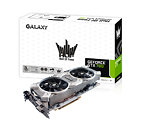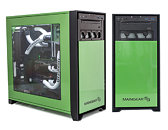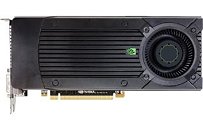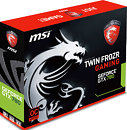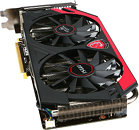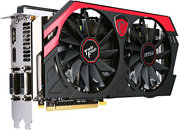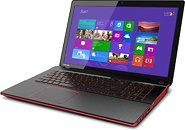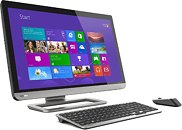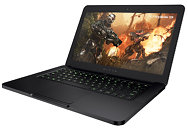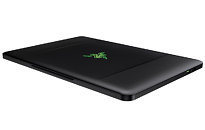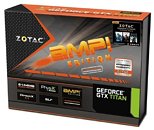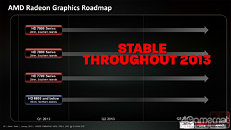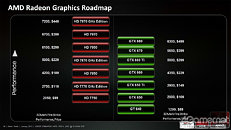
GALAXY Also Launches The GeForce GTX 770 HOF
Galaxy Microsystems, a leading manufacturer of high end NVIDIA graphics cards, announced today the GeForce GTX 770 HOF Edition 2GB, an engineering marvel with unrivalled speeds, brilliant custom white PCB and matching white triple fan cooler. HOF, or Hall of Fame edition cards from Galaxy have overclock optimized designs built with the highest grade components available, and their GPUs are specially selected from the best of the best for the highest factory OC possible.
The Galaxy GTX 770 HOF has the fastest core clock of any GTX 770 in the world, but the in-house designed custom PCB is one of its most impressive attributes. The new design includes a premium digital PWM controller, 8 + 2 phase power supply for more stable current and higher overclock potential, and top grade POSCAP and MLCC capacitors for longer life under heavy load. IR DirectFET MOSFETs offer superior cooling and EMI, high quality shielded inductors maintain cleaner signal and eliminate coil whine, and voltage read points allow hardcore overclockers to monitor their card directly using a their own multimeter.
The Galaxy GTX 770 HOF has the fastest core clock of any GTX 770 in the world, but the in-house designed custom PCB is one of its most impressive attributes. The new design includes a premium digital PWM controller, 8 + 2 phase power supply for more stable current and higher overclock potential, and top grade POSCAP and MLCC capacitors for longer life under heavy load. IR DirectFET MOSFETs offer superior cooling and EMI, high quality shielded inductors maintain cleaner signal and eliminate coil whine, and voltage read points allow hardcore overclockers to monitor their card directly using a their own multimeter.


